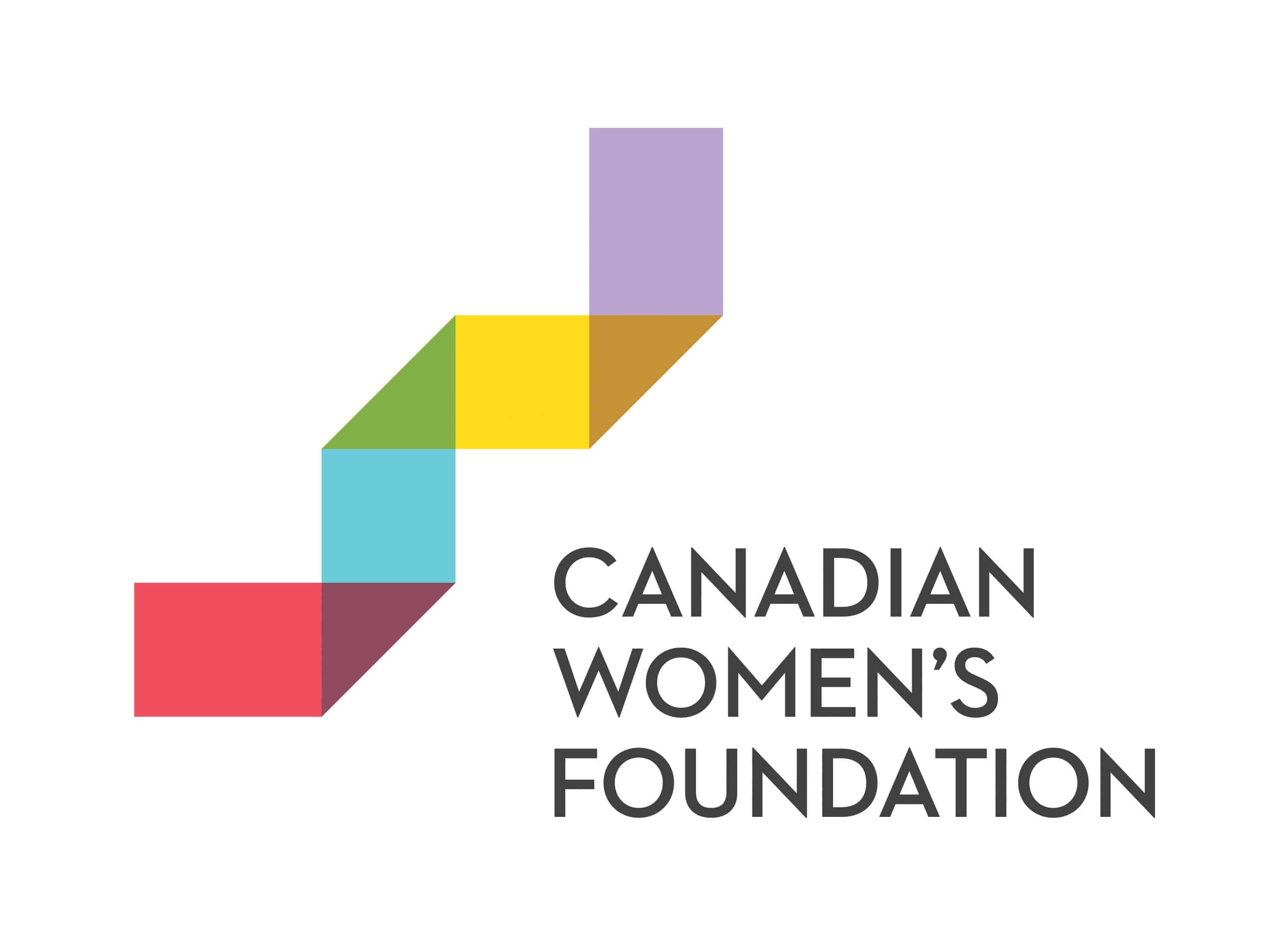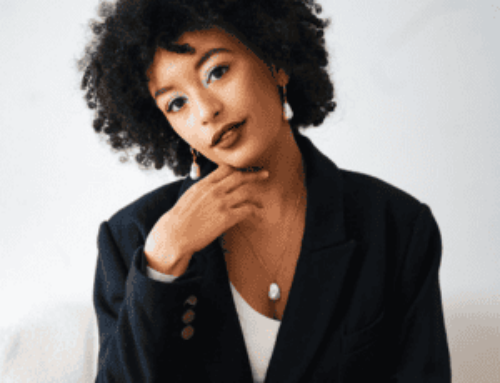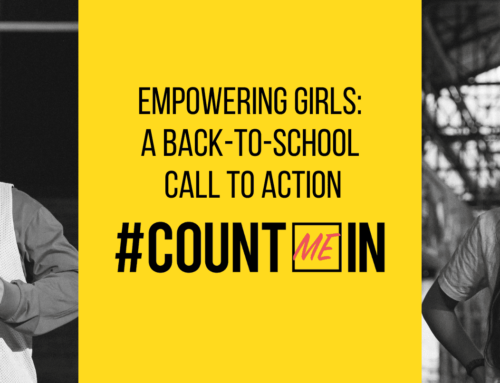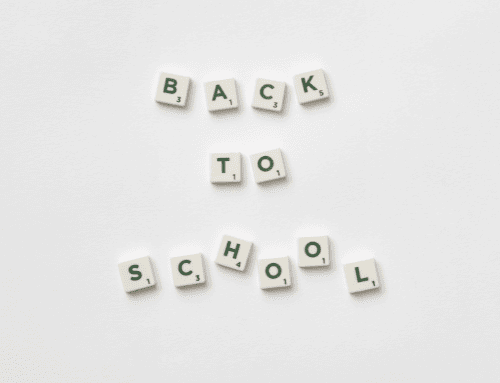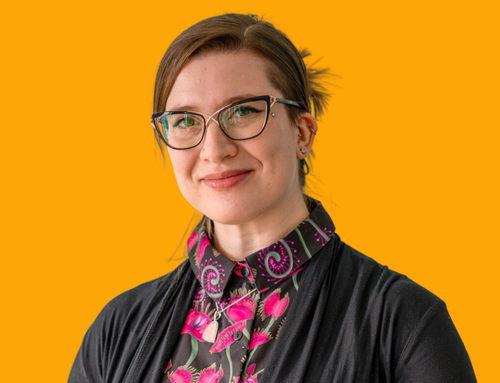
“Just seeing them take those opportunities to take a little risk, to be a little vulnerable, and to let themselves just be themselves has been a really awesome thing to watch.”
The program, which receives funding from the Canadian Women's Foundation, provides a rare girls-only space for Tsleil-Waututh First Nation girls aged 9-13.
The Tsleil-Waututh community is set on the Burrard Inlet, surrounded by urban North Vancouver. As program coordinator, Hamman organizes the weekly program meetings, which aim to foster healthy relationships and connect the girls to their culture in a positive way. Hamman, who is also the Tsleil-Waututh Community Therapist, talks about how the program helps develop girls’ confidence, connectedness, and resilience.
Q: How does Strong Girls of Inlailawatash connect the participants to their culture and history?
A: I make an effort to bring in guest leaders who are women in the community. That’s the way that the girls learn pieces of their culture – through the women who teach them these things. I bring in women who can do cultural teaching or activities, like weaving, teaching the traditional language, preparing traditional food, connecting to the land, or learning about traditional medicine. That’s always woven in whenever I bring in a guest leader, or by the other leaders here. Because our program happens right in the community, it is very community connected.
I see different artistic and cultural activities like canoeing, weaving, or dancing as such resources for anyone in life. If they could become engaged with one of those activities at this age, it could be something that really carries them through hard times, or that could really be a source of spiritual or emotional support for them in the years to come.
Q: How does a typical session unfold?
A: We start every session with a meal, a full dinner, and it’s such an important part of us coming together. It’s an important part of us finding our groove together, chatting informally, and bringing the energy to a place where we go on with our workshop.
After that, we’ll do a check-in circle using a beautiful, hand-carved talking-stick that we pass around – each girl has an opportunity to speak or share with the group while they are holding it. Next we’ll do our activity for the day, usually with some sort of warm up first that’s related to what we’re going to do. Then we’ll do some sort of closing or cool-down – usually, they like to have journal time. We have journals that we bring to all the groups, and they can do whatever they want in there – write, draw, or colour – and they add to those as they go along in their year.
Q: Are there any activities that have been particularly meaningful or special?

Then the girls created eco-art. They were encouraged to collect nature items that they were drawn to, without disturbing or destroying any living thing. As a team, they created a sculpture on the beach (far right).
The definite highlight of our outings each year is our annual retreat weekend. We do a big trip up the Indian Arm, and take a boat up there to a camp and spend the weekend. It's such a special and important time every year. They get to do adventure activities, like kayaking, high-ropes, rock climbing — as well as just having some time for connecting with nature. I brought someone who could do some storytelling around the campfire, and tell some of the Nation's stories. It's a time when they get to get away and be together for an extended period of time. They really look forward to that.
Q: Are there particular issues that the girls identify as challenges that they face?
A: Feeling engaged, comfortable, and connected at school is an issue that they’ve brought up. Friendships are another big one – learning to form positive and healthy connections and relationships with each other and their peers is something they are learning at this stage. We’ve done a few workshops on friendships and kindness and boundaries. Nine to 13 is such a wide age range, but especially at nine or 10, you’re just building your identity and learning how to relate to other people in a healthy way.
Q: What changes do you see in the girls from the beginning to the end of the program?
A: You just see them grow up before your eyes, which is amazing. The biggest thing for me is the long-term. When you look back over a few years, you see those big changes. This year, I’ve noticed one or two girls really come out of their shell and let their guard down. There are a couple who at the beginning of the year were a bit closed off from everyone and weren’t open to connecting with anyone. As the year has gone on, just seeing them take those opportunities to take a little risk, to be a little vulnerable, and to let themselves just be themselves has been a really awesome thing to watch.
There are also one or two girls who were very shy – when we would do check-in circles they would always pass and were not comfortable talking in front of the group. But then we did a couple workshops this year with our language team on learning our traditional language. During those workshops, I noticed that one of the girls who was shy really shone, and ended up leading one of the language games. Something about that workshop had allowed her to feel good and speak out in front of the group in a language that’s not even her first language.
Q: Why is it important to be able to offer this program to girls in the community?
A: It’s such a tender age. That age can put you on the path of your teens, and a lot of challenges can come with those teen years. Having a consistent space to come to, and a place that feels safe for them to be themselves, to grow, and to learn, is important. It’s a place just for them, and there aren’t really any other girls-only spaces. I hope relationships could also be a part of it – learning how to be in a positive relationship, how to treat each other well, and how to set your own boundaries if you’re not being treated well.
Resiliency-building is a big part of what I hope for the girls, and self-esteem – having a strong sense of identity and confidence in who they are. It’s so important that they feel strong in being a First Nations woman, and connect to their culture and identity in a positive way.
Learn More:
- Telling Indigenous Women's Stories – Why the Coverage Needs to Go Further.
- Confidence is a Key Goal for Girls Got Game.
- 10 Inspirational Messages to Girls in Canada.
Take Action:
- Sign up for our e-newsletter to have our latest stories and resources sent to your inbox.
- Follow us on Facebook and Twitter to join a national conversation about empowering girls.
